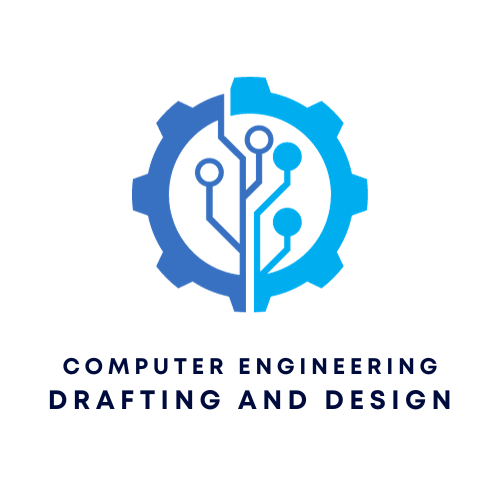1. PCB Basics
- PCB stands for Printed Circuit Board, serving as the backbone of modern electronics.
- Primary Material-Fiberglass is commonly used for the substrate, providing mechanical robustness and electrical insulation.
2. PCB Manufacturing Processes
- Drilling-Precision-driven operation to create exact locations for component pins or vias.
- Traces-Serve as the conductive pathways, akin to the streets in a city, essential for electrical connectivity.
- Etching-Involves removing unwanted copper, primarily using Ferric chloride, to shape the traces and circuit patterns accurately.
- Masking-Masks are used during etching to protect certain areas from being etched away, ensuring the circuit’s integrity.
- Layer Count-Indicates the number of conductive layers, each playing a specific role, similar to the different floors in a multi-storied building.
3. PCB Design Considerations
- Schematic Capture-The first step in PCB design, involving the creation of a circuit diagram.
- DRC (Design Rule Check)-Ensures the design adheres to manufacturing and functionality standards.
- Trace Width-Crucial for determining the current carrying capacity of the PCB.
- Component Placement-Affects the PCB’s performance and reliability; requires careful planning.
- Vias-Provide pathways between different layers in a multilayer PCB, crucial for connectivity across the layers.
- Solder Mask-Protects and insulates copper traces, preventing short circuits and damage.
4. Advanced PCB Concepts
- Ground Plane-Reduces electromagnetic interference, contributing to the PCB’s functionality and signal integrity.
- Copper Thickness-Influences the PCB’s thermal and electrical performance, affecting its efficiency and safety.
- Gerber Files-Standard format for PCB layout, ensuring accurate manufacturing and assembly.
- Thermal Management-Ensures component longevity and reliability by managing heat distribution and dissipation.
- Impedance Matching-Critical in high-frequency circuits to prevent signal loss and maintain signal integrity.
5. Arduino Basics
- Introduction to Arduino-A versatile platform for building digital devices and interactive objects, allowing for sensor integration and real-time control.
- Sensors and Modules-Enable the Arduino to interact with the environment, gathering data and making decisions based on sensor inputs.
6. Practical Arduino Applications
- Environmental Monitoring-Utilizing sensors like the DHT11 for temperature and humidity, or MQ gas sensors for detecting various gases.
- Object Detection-Employing sensors like ultrasonic sensors for proximity detection without physical contact.
- Light and Color Sensing-Using light-dependent resistors (LDR) and color sensors (e.g., TCS3200) for light intensity and color detection.
- Voltage Regulation-Maintaining a stable voltage level for the Arduino and connected sensors, ensuring consistent performance and preventing damage.
7. Advanced Arduino Concepts
- Data Conversion-Using external ADCs for enhanced precision in analog sensor readings.
- Communication-Employing software serial libraries for expanded communication capabilities on digital pins.
- Motor Control-Utilizing motor drivers to interface with and control the speed and direction of motors.
- Smart Systems-Implementing solutions like smart irrigation systems, using moisture sensors to automate watering based on soil dryness.
This encapsulates the foundational and advanced concepts surrounding PCBs and Arduino applications, providing a structured and in-depth understanding for enthusiasts and professionals alike. Whether you’re designing intricate PCBs or creating innovative projects with Arduino, this reviewer serves as a valuable resource for mastering these fascinating domains

